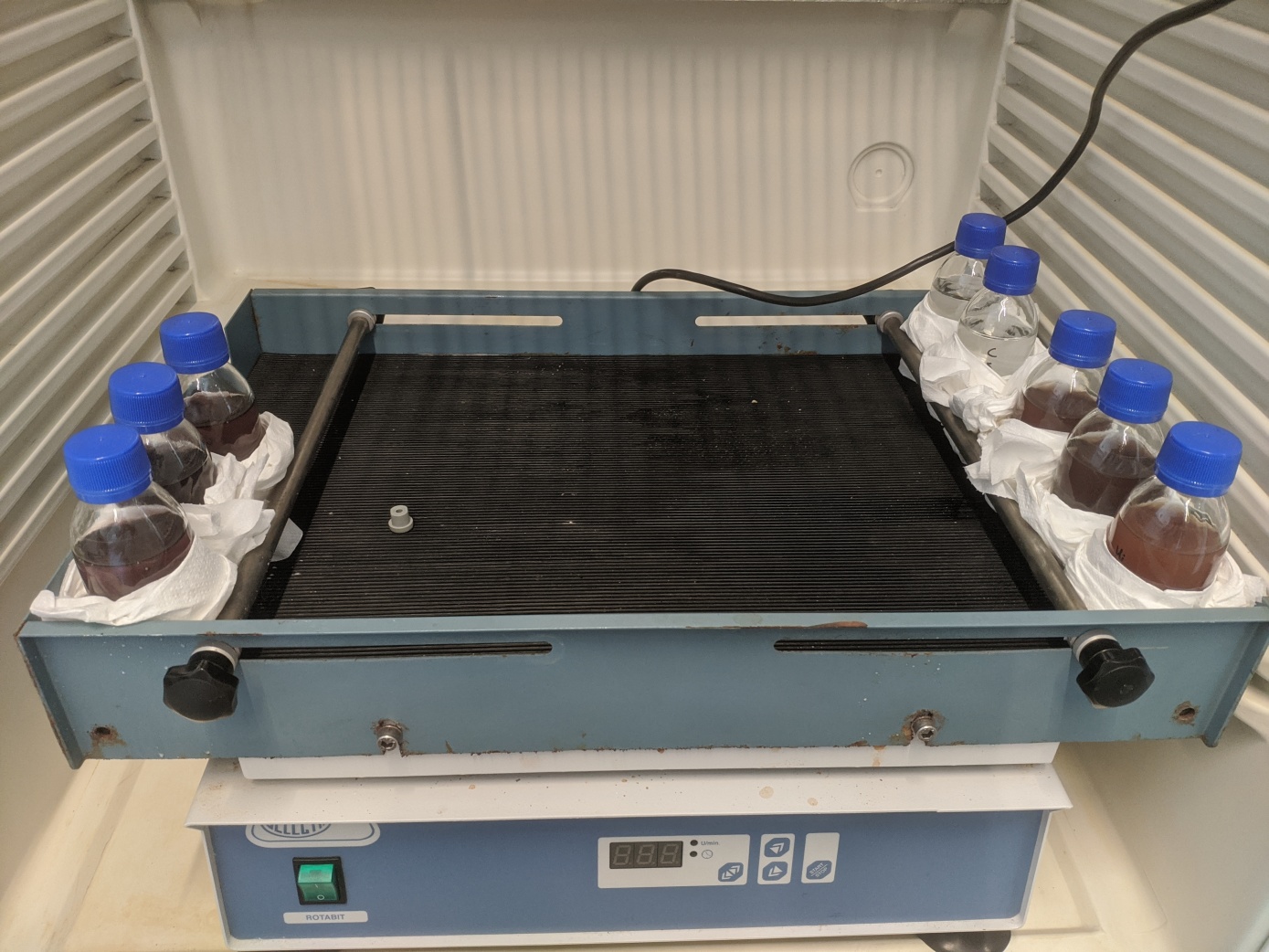Chemical treatment technology selection for the degradation of halogenated pollutants and PFAS in groundwater
Aquifers are very important as source of drinking water. However, they often suffer from overexploitation and/or chemical contamination. In PROMISCES Case Study 7 (Remediation of groundwater in Spain) addresses this issue in two independent sites situated in the north of Spain.
One of the sites is an aquifer polluted by chlorinated solvents (0.2 to 8 μg/L) coming from surrounding industrial activities, while the other is an aquifer affected by perfluorinated compounds (PFAS). For this last one, concentrations range in groundwater from 0.00979 to 113.1 μg/L for the sum of PFPeA and PFOS, and around 27.35 ng/g in soil for the sum of PFOS, 6:2FTS, PFHxS and PFBS .
A workflow has been designed to select the best reactants that will be injected in the field for in situ groundwater remediation. Among others, the CS 7partners tested the combination of persulfate activated with different catalysts.
First steps have already been accomplished: The partners have tested at lab-scale different combinations of chemical reagents with synthetic groundwater and real groundwater spiked with single and mixtures of PFAS or organochlorines that are candidates for further field-scale tests (Figure 1). The results have allowed to select the most appropriate treatment, the optimal concentration of the reagents and the necessary contact time to degrade the PFAS and organochlorines from the groundwater from the two sites.
The next step will consist of batch experiments with real groundwater and soil. Since the soil also contains PFAS, the reagent dose will need to be increased to be able to treat both, PFAS in groundwater and in soil matrix.

Batch reactor of PFAS in an agitator at 250 rpm. @Sònia Jou
